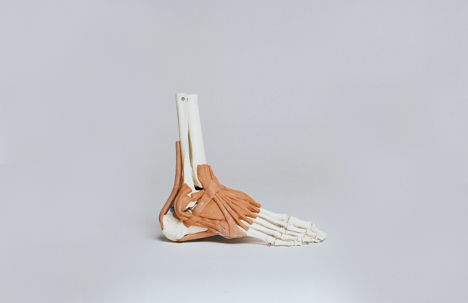The Cartiva implant has the opportunity to provide great benefits to people who suffer with pain in the big toe. The implant offers the promise of pain relief and the retention of motion. But what happens when the promise turns into more pain? The result can be increased discomfort, more medical procedures, increased expenses, and the possibility of a Cartiva implant lawsuit.
How the Cartiva Implant Works
When people experience discomfort in their big toe, it’s possible that the cause could be hallux rigidus, or big toe arthritis. This can be exceptionally painful. A person who enjoys running may no longer be able to do so, and even walking can be difficult.
One remedial option is toe fusion, a surgery that can remove the pain, but at the cost of continued reduced range of motion and continued difficulty with running and walking. The cartiva implant aims to provide a more complete solution.
A cartiva implant—also known as a synthetic cartilage implant—is effectively a plug that is placed within the arthritic joint. The purpose is to reduce the friction. The implant is intended to replace damaged cartilage within the toe.
The Food & Drug Administration (FDA) approved Cartiva in 2016 and reports an 85 percent success rate. However, that still leaves up to 15 percent of patients who may experience problems. Furthermore, there is considerable dispute whether the 85 percent success rate cited by the FDA in clinical trials has actually played out in the real world of patients’ lives.
Problems With the Cartiva Implant
The Cartiva is made with materials that are meant to be similar to cartilage. But the material, polyvinal membrane gel, might degrade. The consequence of this is that the implant shrinks and therefore becomes loosened. The subsequent movement can result in nerve damage and very serious pain.
Shrinkage can also lead to migration, which may result in the implant starting to fuse with the bone. Consequences can range from fractures to cysts to other complications.
Any of these complications can lead to surgery. That surgery was likely preceded by pain and suffering, and the surgery will be followed by even more rehabilitation.
The Legal Remedy
Each patient’s case has to be evaluated on its own, but generally speaking, the problems with cartiva implants are more with the manufacturer than the medical facility. The problem has been the product itself rather than the doctor who did the implant. What that means in legal terms, is that it’s likely we are looking at a product liability lawsuit rather than a medical malpractice case.
The good news for injured patients seeking compensation is that product liability cases are often governed by the principle of strict liability. This means it may not be necessary to prove a breach of duty, as would be required in a medical malpractice lawsuit. When breach of duty is involved, it’s incumbent on the injured plaintiff and their lawyer to show that the defendant failed to exercise a reasonable standard of care in carrying out their duties.
The removal of that requirement in product liability means that it is only necessary to show that the product didn’t work as advertised, regardless of the actions of the manufacturer. Of course, that doesn’t mean winning a product liability lawsuit is easy—there is still considerable investigate work that has to be done. But there is one less hurdle than there would be in medical malpractice.
Financial Damages in a Cartiva Implant Lawsuit
One decision that has to be made is whether or not it’s worthwhile for an injured plaintiff to join a class-action lawsuit. Problems with cartiva implants have been unfortunately common. Attorney Brett H. Oppenheimer can advise clients on the path to pursue, depending on the circumstances of their particular case.
Generally speaking, the financial settlement in a case like this ought to start with compensation for increased medical expenses due to the follow-up visits and procedures. The time spent on follow-up may have resulted in lost income, which can also be redressed in the settlement.
Those are just the basics. What happens if a patient not only went through all these extra procedures, but is worse off than when they started? The person who enjoys running or taking long walks may never get that ability back, or at least be sidelined for much longer than they otherwise might have. Has the entire experience, including the loss of hobbies, created mental anguish, leaving a person in need of therapy or simply a reduced ability to enjoy time with family and friends? These are intangible factors, difficult to put a dollar value on. But they are still a part of any fair and appropriate financial settlement, be it in a class action or individual lawsuit.
Experienced Legal Help You Can Rely On
There are a lot of factors to consider and a number of questions that have to be asked when negotiating a settlement package. With over 30 years of experience in these cases, Attorney Brett H. Oppenheimer understands how to get to the important details, and he knows how to investigate, negotiate, and litigate. Call Brett today at (502) 242-8877 or fill out our online contact form to arrange for a consultation.

